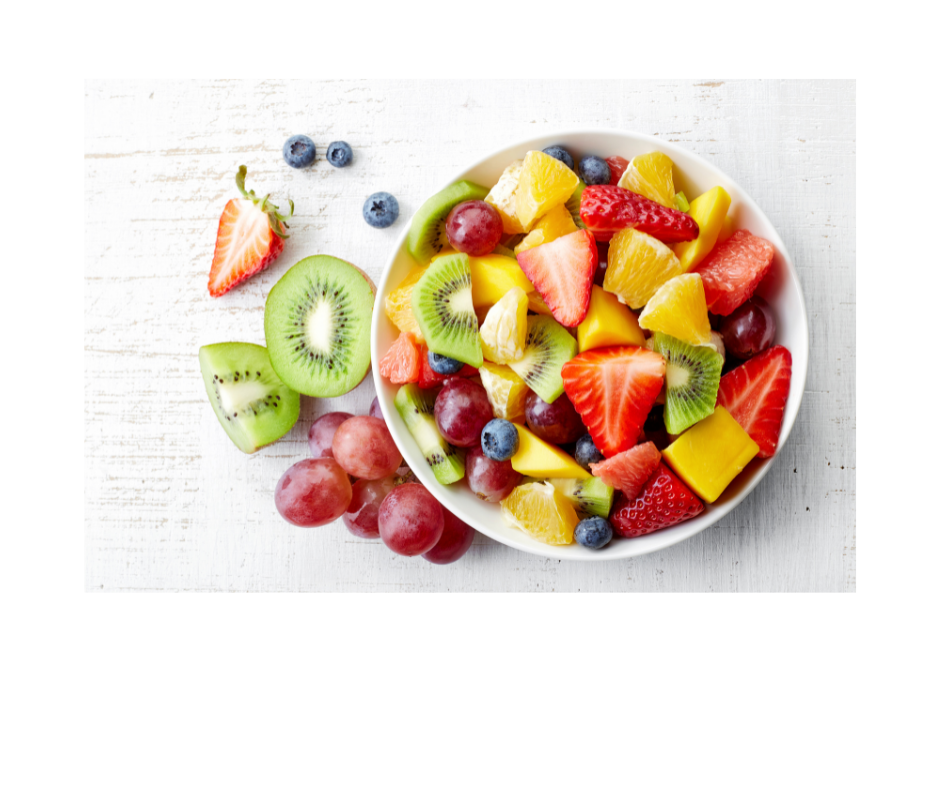
Creating Sustainable Behavioral Change: Priority Mapping Part 13
In the last installment I talked about a method for recreating healthy outcomes called backtracking. In some cases, in order to arrive at a healthy outcome, you need look back at the times where you’ve ALREADY created that outcome and BACKTRACK from the outcome to see all the steps you took just prior to getting there. So, for example, I wanted to eat healthier so I looked back at the times when I HAVE eaten a healthy meal. I reviewed all the decisions and steps that lead up to that healthy outcome. By going through this process, I realized that it was a series of decisions I made LONG before eating the meal or making it or buying it in a restaurant that contributed to whether or not I reached my desired outcome.
Another thing that helps you create SUSTAINABLE behavioral change is priority mapping. Let’s say you want to cut down on snacking. Some people might say you just need to stop snacking but there are probably a lot of behaviors that contribute to your overall problem with snacking: It might be waking up in the middle of the night and having a bowl of cereal; it might be that jar of peanuts you reach for right before dinner; it might be that candy bowl you keep on your desk at work; it might be that cookie jar that you keep well stocked on your kitchen counter.
So priority mapping is all about looking at your possible solutions in two dimensions and deciding which of those solutions work best for YOU. In other words you lay the solutions down on a graph (see below) to help you decide which solutions are going to have the most bang for the buck AND which ones YOU are most likely to do. (Those are the two dimensions: Most people just consider their options in one dimension and don’t consider the second dimension of your likelihood of actually doing it!)
Your solutions to this problem of over-snacking might include the policeman-style cookie jar, or it might be to stop buying snacks at the grocery store, or it might be to let a roommate or spouse do the shopping who is less tempted to buy snacks, or it might be to brush your teeth right after dinner in order to keep you from snacking after that.
With priority mapping you write all these ideas down on a post-it note and then apply them to a graph. This way you can take a look at your options both from the standpoint of importance AND feasibility: Which things are you more likely to do (on a scale from easy to hard) and if you did them how effective would they be in solving the problem (on a scale from biggest benefit to the least amount of benefit). Below is a priority mapping graph for Sarah, who wants to eat more fruit in the morning.
If you’ve been following this blog series you will recognize that we are referring here to the work of BJ Fogg, the Stanford psychologist who is turning the world of behavioral change upside down. His work is all about focusing on making changes that are easier to do and taking the focus OFF ramping up motivation. So this priority mapping chart is just one more way (like backtracking) that can help you create healthy behaviors (and outcomes), whether that’s meditating 2 minutes each morning, or eating a salad three times a week or walking for five minutes every day at lunch time.
Some of Sarah’s behaviors need only be done once. (That’s a PURPLE dot behavior.) Some behaviors must be done for a longer amount of time like 5 days, a week, or a month. (That’s a BLUE span behavior.) And some behaviors must be done from now on. (That’s a gray PATH behavior.) Obviously, the length of time she must DO the behavior affects the degree of difficulty. (If you want to know more about these different categories of behaviors – there are 15 in all - here’s a link to installment #11)
Setting the alarm clock is something Sarah only has to do once, so that makes it a DOT behavior. Obviously doing a DOT behavior is MUCH easier than a PATH behavior. But in this case the DOT behavior contributes to CREATING the PATH behavior.
The important thing to realize when reviewing this graph is that – by considering all the possible solutions in two dimensions like this - you get a vivid picture of what changes are likely to do the most good and which behaviors Sarah is most likely to actually do. The ones in the upper right quadrant are both effective AND feasible so those are the ones Sarah should focus on first. They will give her the biggest bang for her behavioral change buck.






James Porter
Author